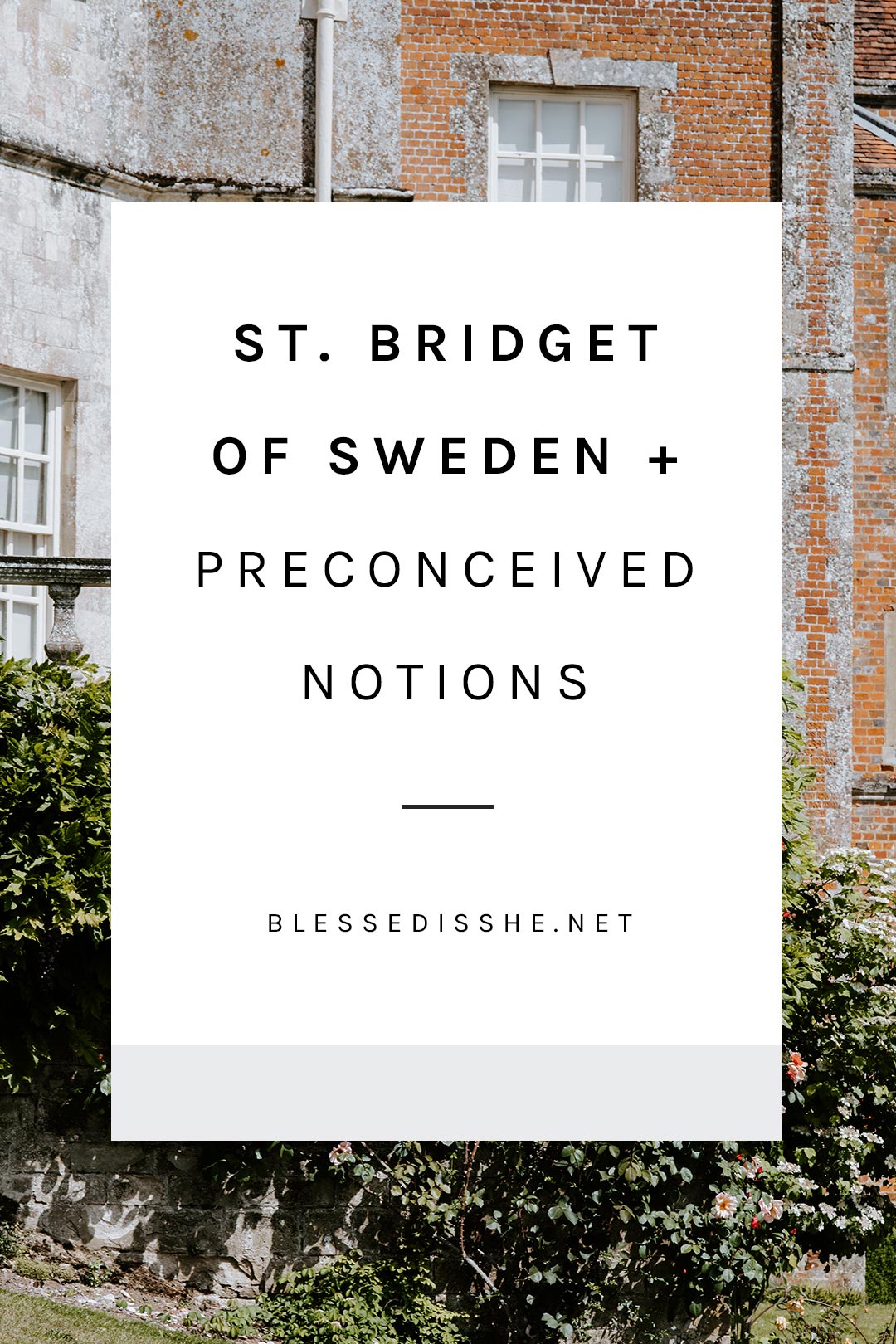
Recently on a hot afternoon at the park, my kids and I headed for the shade of a picnic pavilion at a nearby lake. We were marveling at the dragonflies and ducks and red-winged black birds over peanut butter and jelly sandwiches when a group of teenagers approached, each carrying a net. Their language was rough. I could see my oldest eyeing them suspiciously. Truthfully, I was eyeing them suspiciously. How often are a group of tweens traipsing innocently along the shores of a lake on an idle Wednesday? (Not enough, is the obvious answer.)
As we continued eating, my curiosity got the best of me.
“What are you catching?” I asked.
“Tadpoles,” they said.
I asked if we could take a look at their catch and they agreed. A deep, Tupperware bin filled with large, emerging frogs sat on the shore. Needless to say, my kids were enraptured. We began trailing the teens like little ducklings. They pointed out the bullfrogs under the dock and how they were scooping up the maturing frogs. We half-heartedly picked at our lunches and continued to watch them.
To my heart’s delight, I watched them pull trash out of the pond, release the tadpoles, and gift my children with their net.
As quickly as they’d arrived, they left; blowing all of my preconceived ideas about them out of the water.
Preconceived Notions about the Saints
I don’t know about you, but I tend to approach Saints in the same way. I have often let my preconceived ideas about the Saints get ahead of me. Beautiful as they are, it can be hard to measure up to the likes of some of these holy folks. There are two categories that I find myself sorting them into:
Things they are known for:
- Living a life that radiated holiness
- Starting a religious order
- Having some kind of miraculous prayer life
- Practicing austerity and self-denial
Things they probably aren’t known for:
- Having a complete mid-life change of direction
- Having a pleasant marriage
- Rocking the boat
Admittedly, my list of what they probably didn’t do is getting shorter as I learn about more and more folks who have given a holy witness with their lives.
Saint Bridget of Sweden is one such Saint.
St. Bridget of Sweden Surpassed My Assumptions
Despite my efforts to learn about the whole person who has been declared a Saint, I fall into old habits of holding them up on this pedestal of unattainable perfection. Clearly this is not a fair interpretation of any one person. We are each the sum of our entire lives, not only our best (or worst) moments. It’s also not especially helpful for me.
Rather than allowing myself to be inspired by the lives of the Saints, I’ll admit that it can turn a bit sarcastic.
Where is the humanity?
Where is the struggle?
Is there any joy? Humor?
Do I know anyone like this?
St. Bridget’s life meets many of my preconceived notions of holiness…and breaks the rest to bits. Her life, from beginning to end, really did radiate holiness. She did found a religious order. She wrote extensively about her exchanges with Christ. And that’s about as far as my prejudices get me (note to self).
Major Life Changes
Bridget is said to have been happily married to Prince Ulf, and to have borne eight children (among them, St. Catherine of Sweden). Both Bridget and her husband were underwhelmed by the frivolity of their royal lives and they became Pilgrims on the Compostela. Her husband died following this trip. Bridget was prompted in a vision to begin a monastery in Sweden before relocating to Rome.
At this point, St. Bridget did experience a change in vocation. Her role as widow and mother turned quickly to one of pilgrim and advocate against the sins of injustice of the time, particularly slavery. She had harsh words for the Pope (Urban V) and is remembered for strongly reprimanding said Pope for negligence of duties and souls.
Bridget is a woman who feels a bit more accessible in her witness, simply because she was moored in familiar circumstances, and she did it with grace.
Timely Reality
Her life direction shifted, not because of a major conversion or change of heart, but because of the changing circumstances. She used the gifts she could share from that place, which feels like a timely reality.
How many of us have started and stopped careers based on the needs of the day?
She certainly did shake things up—particularly for a woman of her time. Her devotion combined with her wisdom commanded respect from her contemporaries, even the Pope, who eventually approved of her rule for the Brigittine community.
Happy Marriages, held up
There are countless stories of Saints that include some sort of unfortunate marital arrangement or endurance tests, because they are plentiful.
Another detail about St. Bridget’s life is that she flourished in her vocation of marriage with her husband. They raised a family, ministered to the marginalized, and grew in faith and in holiness, together.
True, her calling was beyond marriage. But we need stories like hers to remind us that we are sanctified in our vows and callings to loving relationships and marriages.
What might a standard of holiness look like for individuals who are married? Individuals who have children? There are blessed few to choose from. St. Bridget gives a firm foundation upon which to form an answer to these questions.
St. Bridget, pray for us!
St. Bridget of Sweden + Preconceived Notions #BISblog //Click to tweet






























